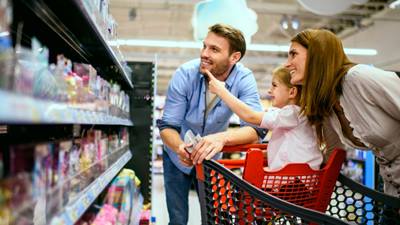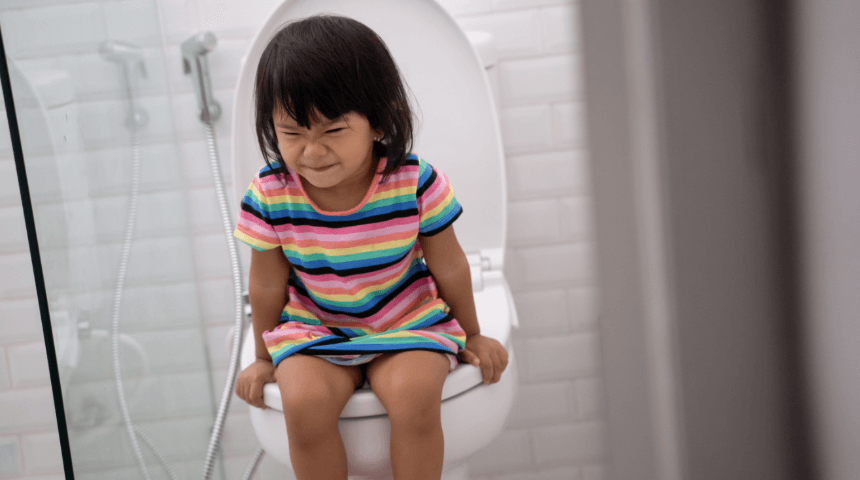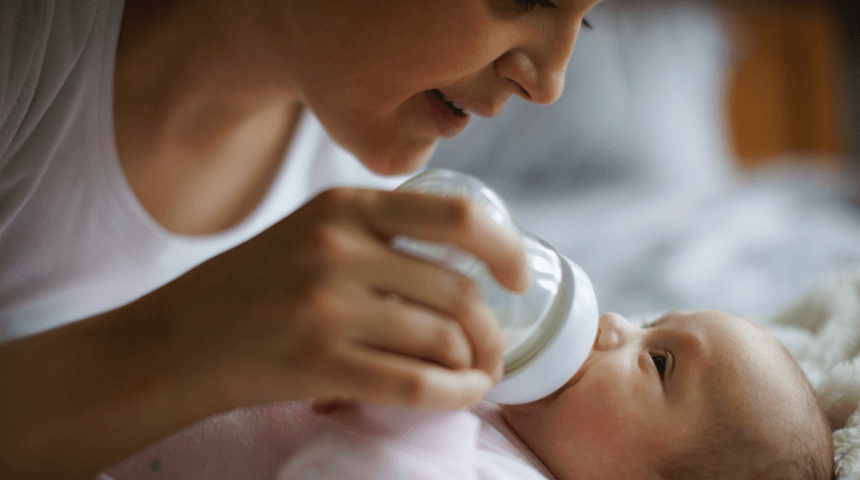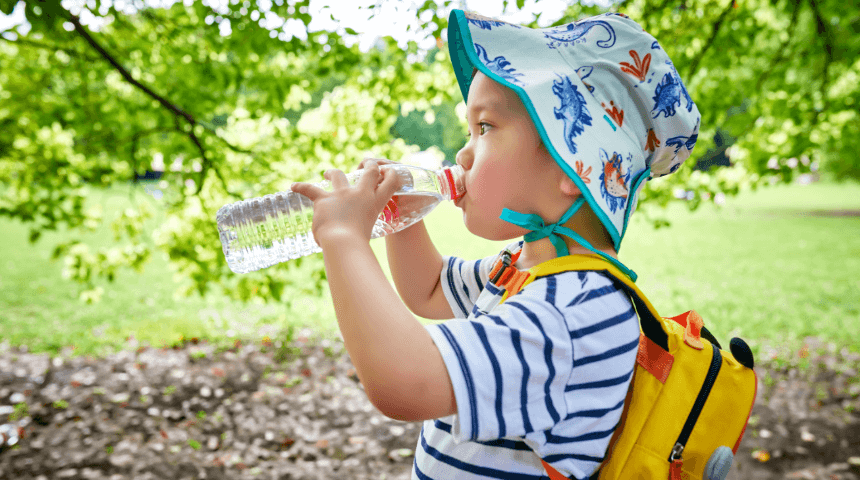How to Make Sure the Toys You Buy Are Safe
Although the winter holidays are a major time for buying children’s toys, the truth is, we buy toys year round. We buy for birthdays—whether for our own children, relatives or our children’s friends. We buy gifts to celebrate achievements, like preschool graduation, or to encourage a skill or interest. We even stock up on toys based on the season, such as buying beach toys and sidewalk chalk in the spring.
That’s why, regardless of the time of year, when choosing toys, it is important to make sure they are safe. No matter how fun a particular toy is, if it is not well constructed or age appropriate, it can be dangerous. In 2017, more than 250,000 children in the United States had toy-related injuries requiring treatment by an emergency department, with 36 percent of them happening to children younger than 5.
How to Identify Safe Toys
- Before giving any new toy, read the label and instructions for age recommendations and directions for the toy. What may be a great toy for a 5-year-old may have small parts that a 2-year-old could choke on.

- When selecting toys, bigger is better. Kids will put toys in their mouths, and if a toy has small pieces, your child might accidentally choke. Make sure the toy pieces are larger than your child’s mouth. A good trick is to get a paper towel roll and see if the toy can fit through. If it can, it’s too small for a young child to play with.
- Don't buy toys that shoot any pieces in the air, because this can lead to an accidental injury to the eye or choking.
- When buying stuffed animals, look for well-made seams and remove any loose ribbons or strings that a child could get caught around their neck. Look for stuffed animals that have eyes sewn on, since plastic eyes can fall out. Stuffed toys also should be machine washable. Also, watch for toys that have pellet-like stuffing that could choke or suffocate a child.
- Avoid buying crib toys. Your baby's crib should be boring—but safe. Pillows, blankets, stuffed animals and crib bumpers should all be kept out of a newborn baby's crib because these extra items can possibly lead to strangulation or suffocation.
- Be careful with batteries. Many toys for young children contain batteries. If a battery comes out of the toy, a child could swallow it and choke or get serious internal burns from the battery chemicals. Round button batteries are particularly appealing to little ones, and therefore are a particular hazard. Check toys regularly to make sure batteries are secure.
- The toy may be safe, but the packaging may not. Make sure children don’t have access to small pieces and ties from the package when the toy is being opened.
By taking these additional precautions, you can ensure that the toys you give provide fun, not injury.
Are You Interested in Learning More?
Sign up for our e-newsletter for more tips and best practices from pediatricians.
Sign Up Here










